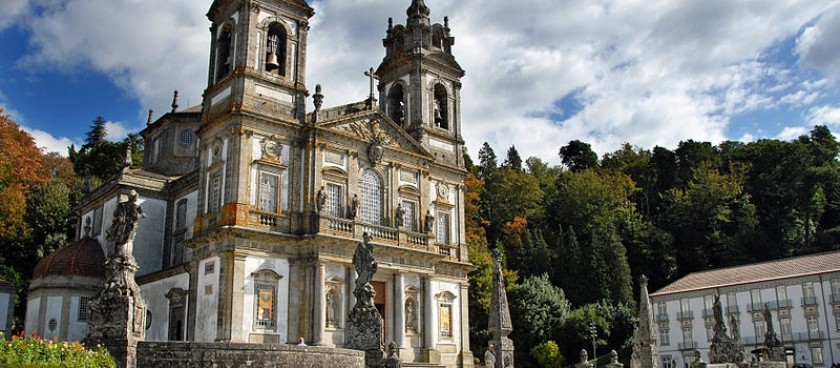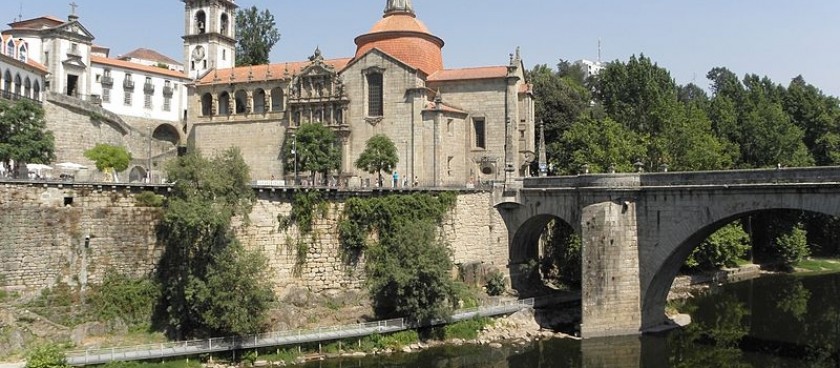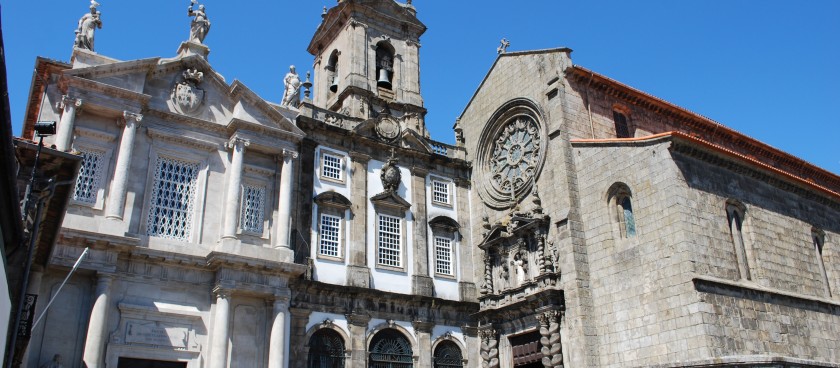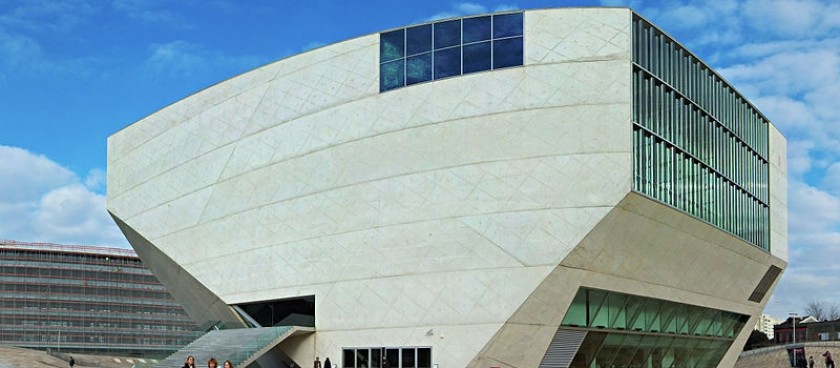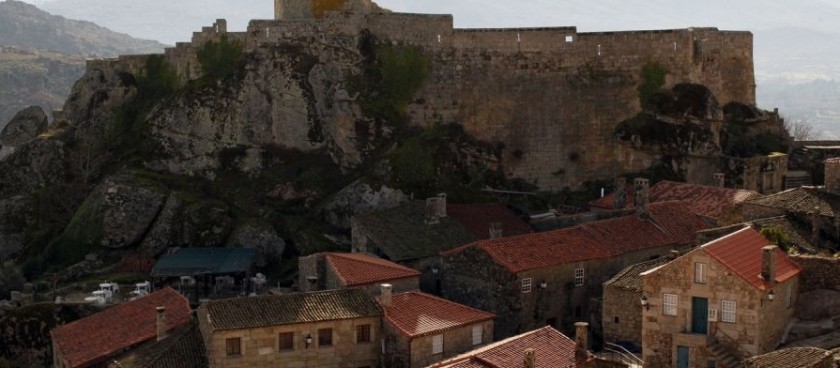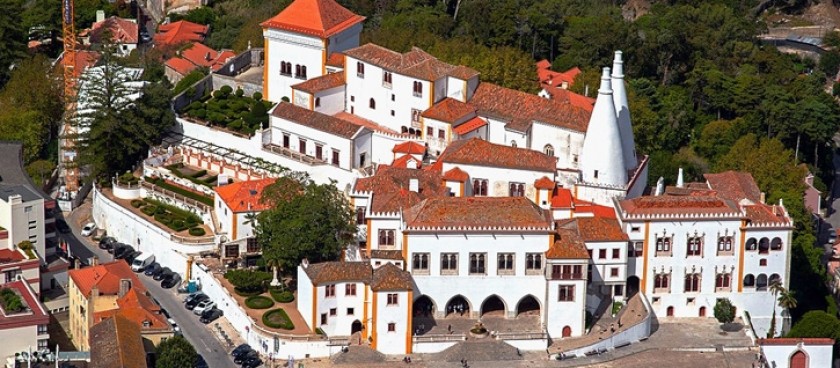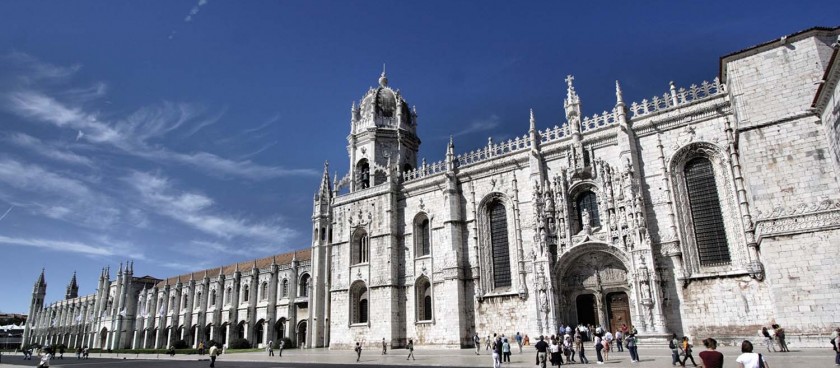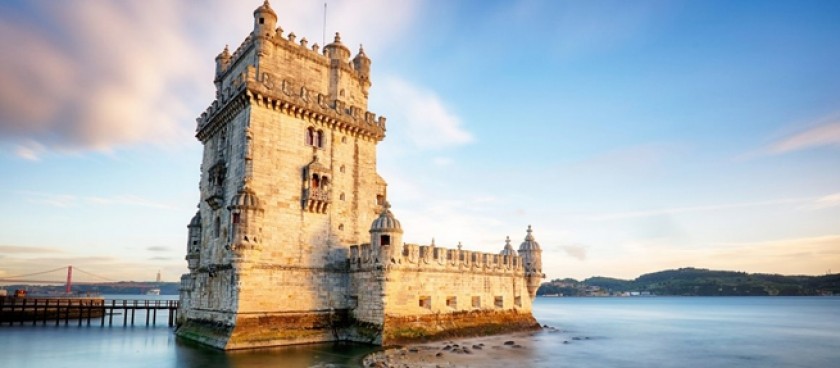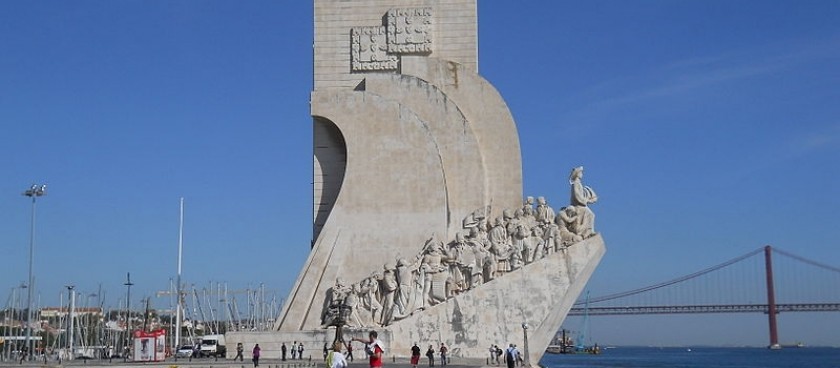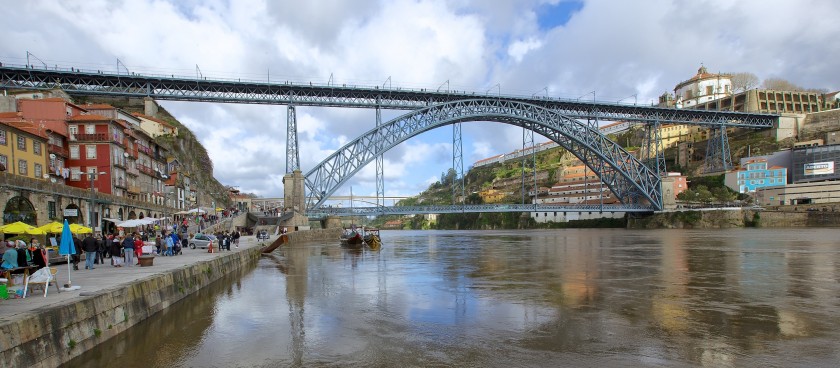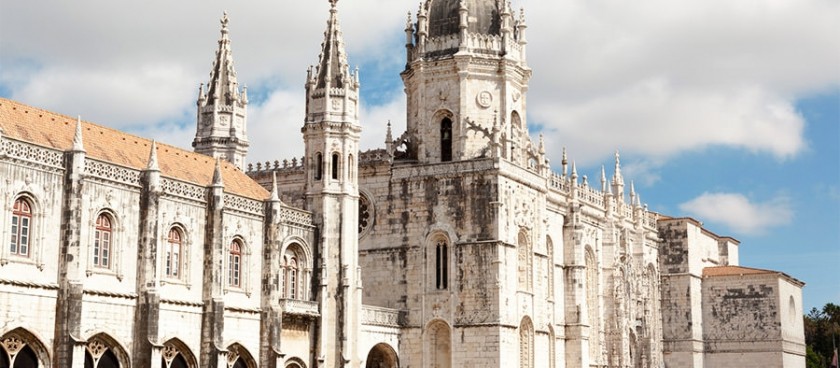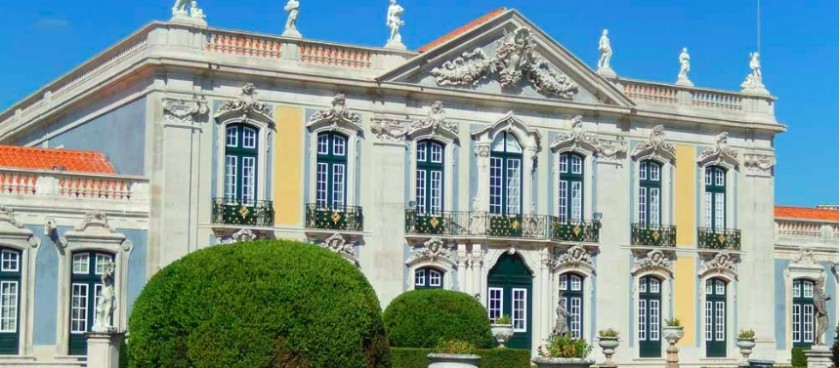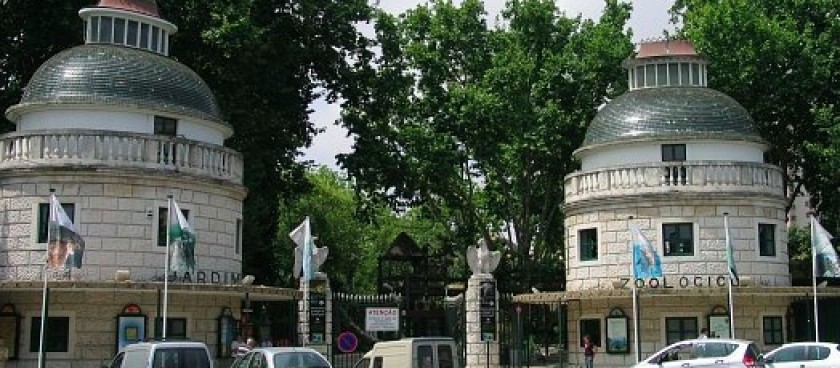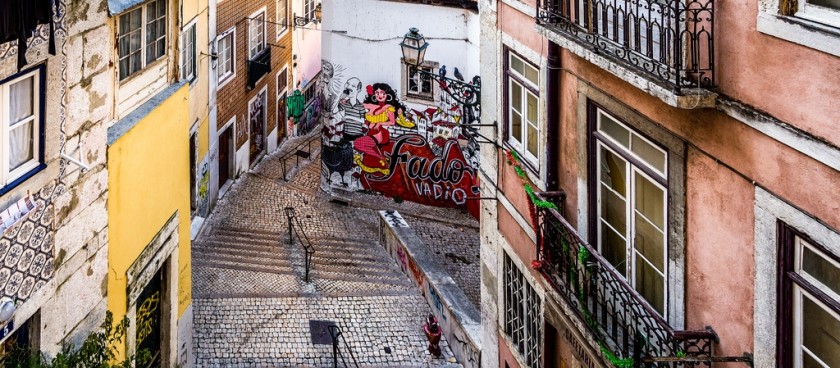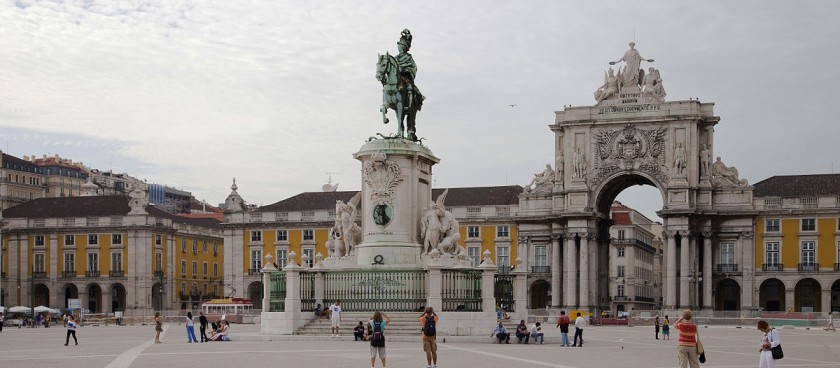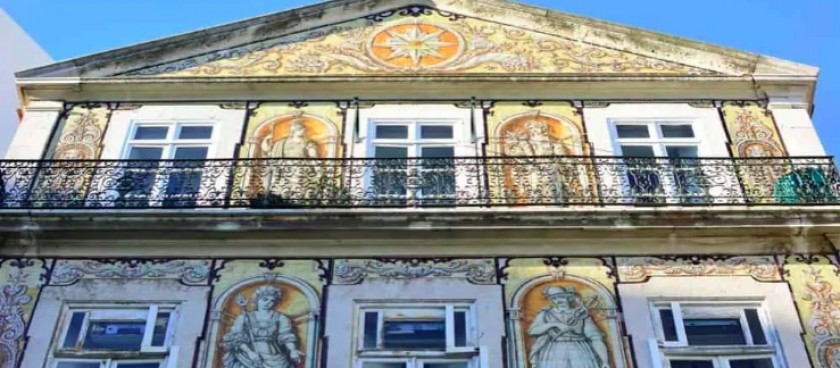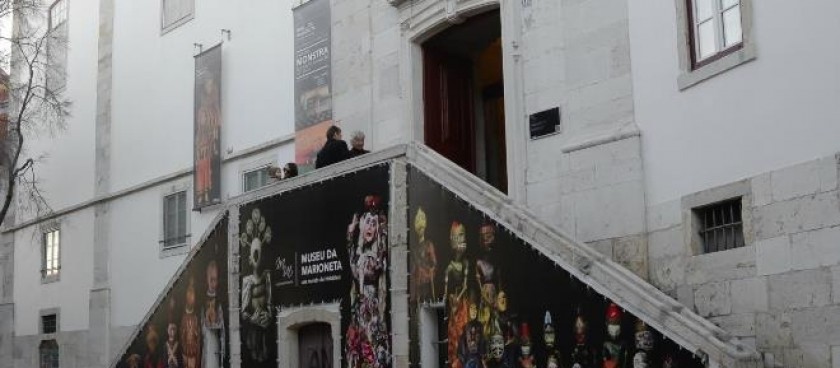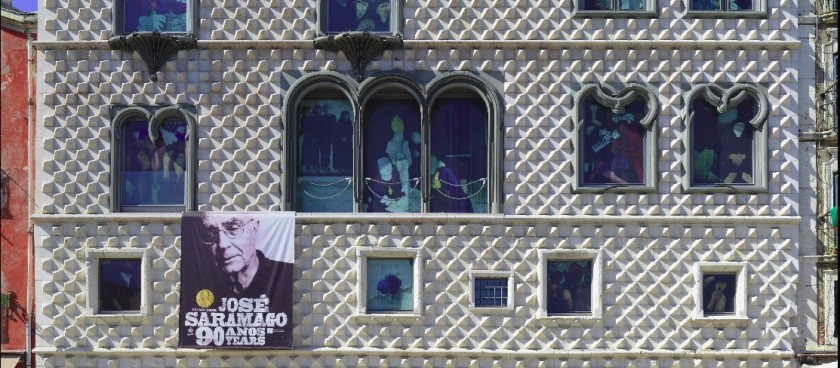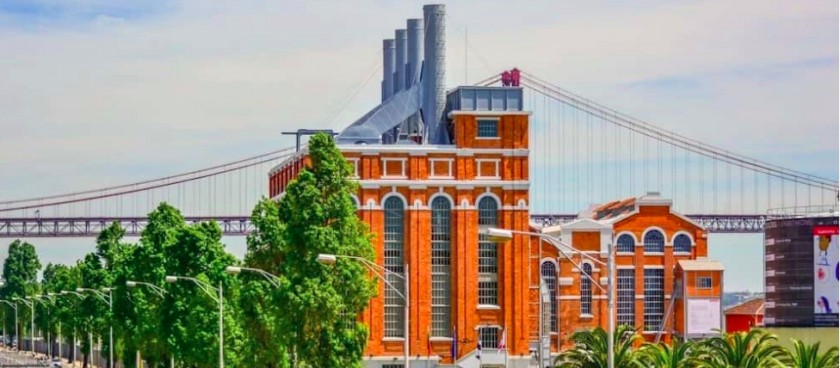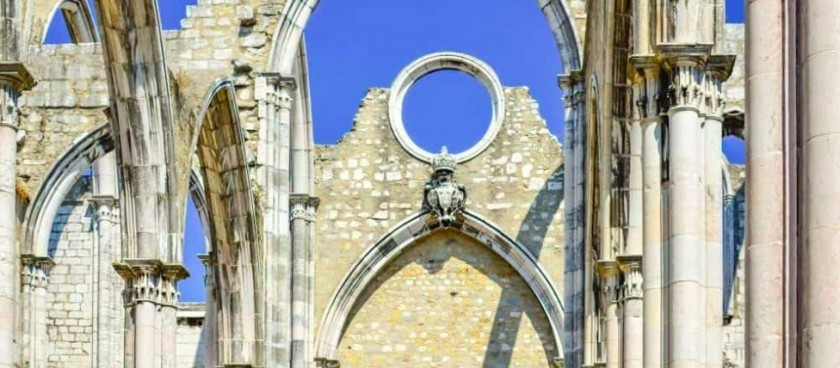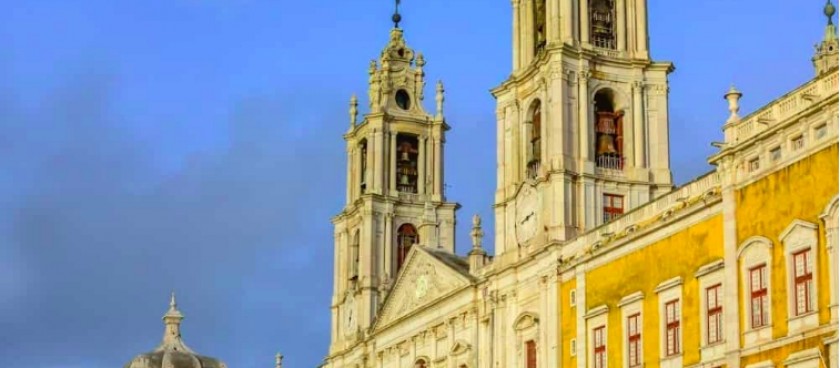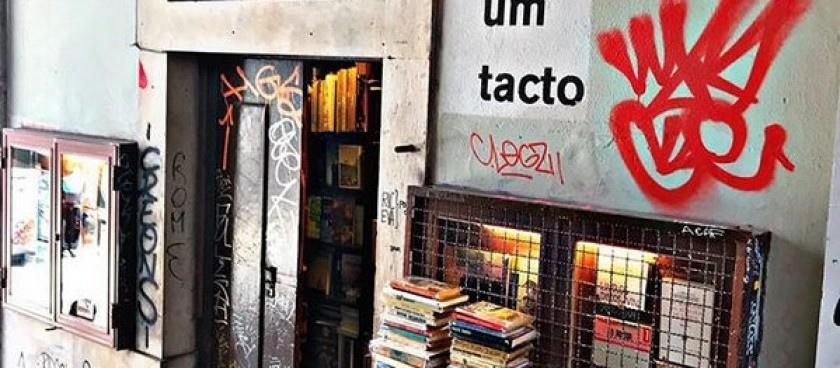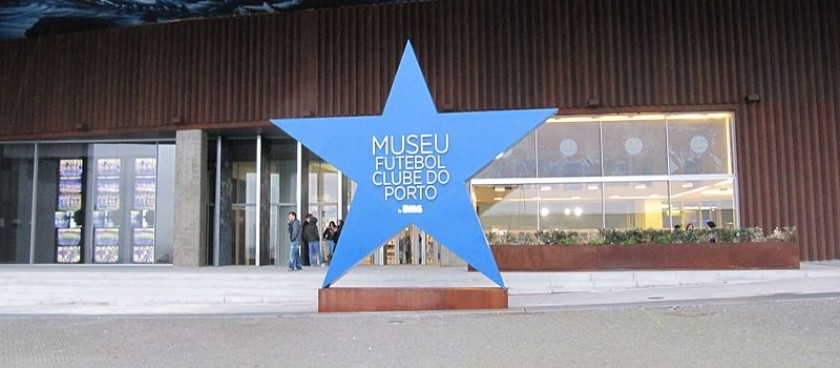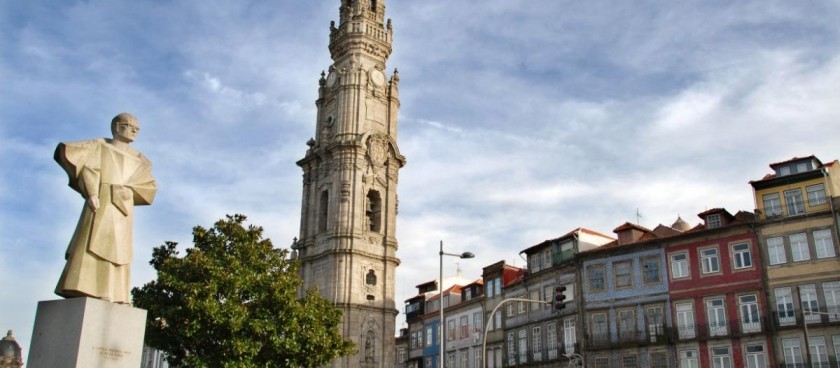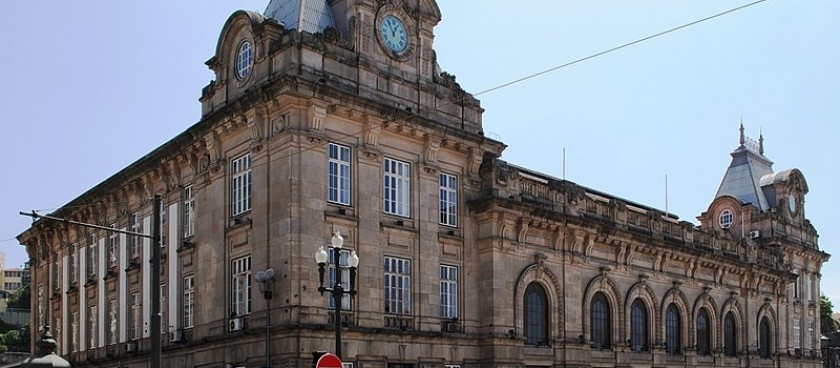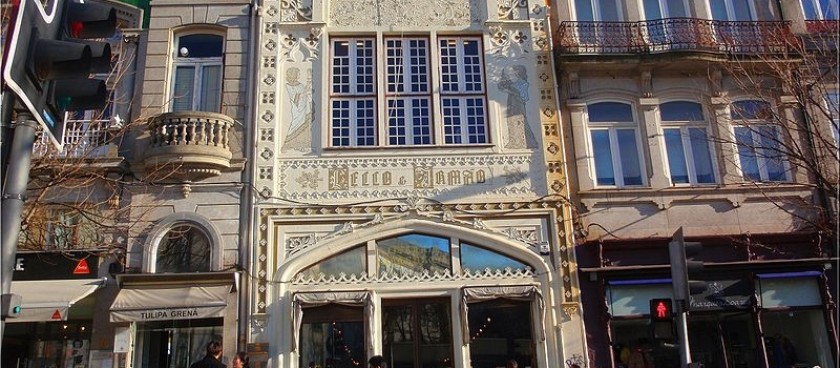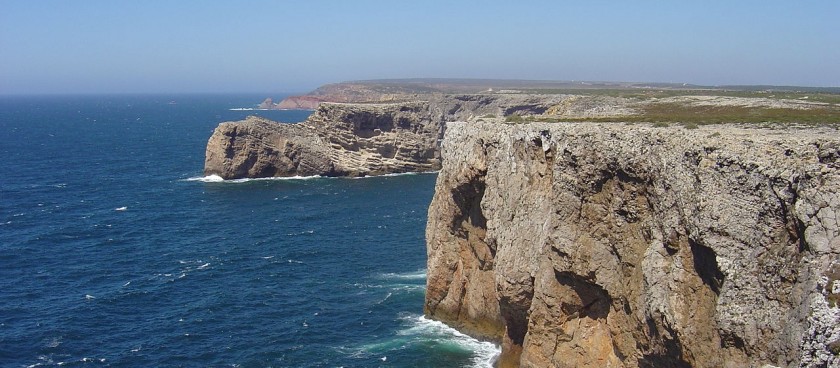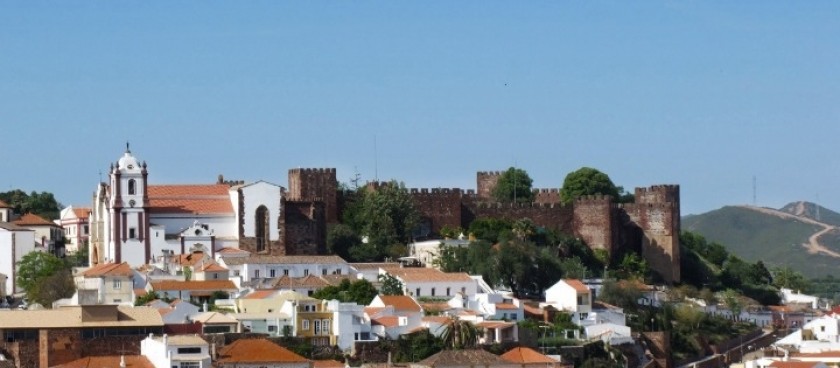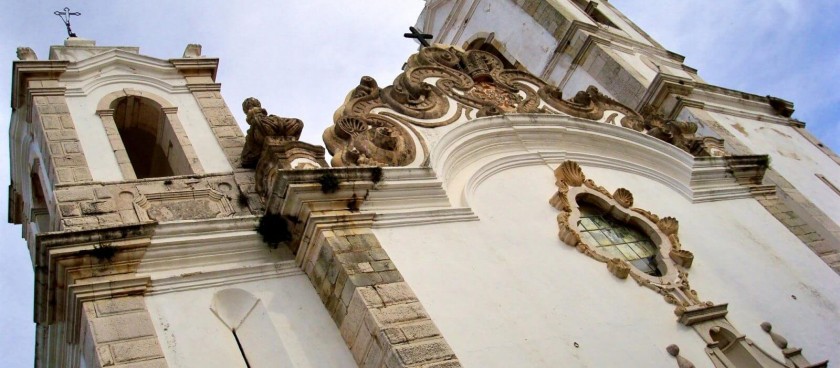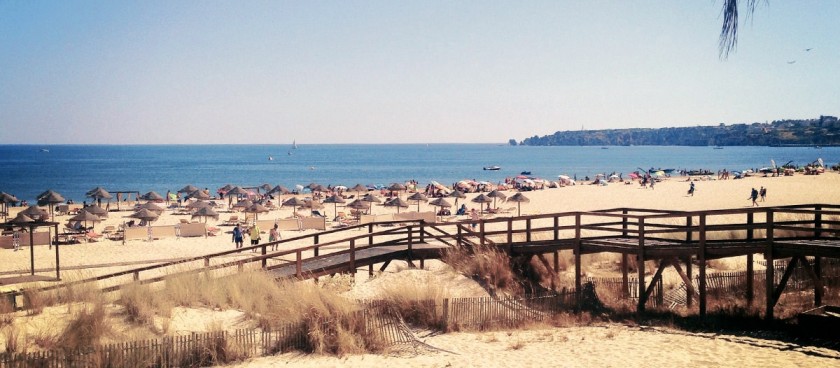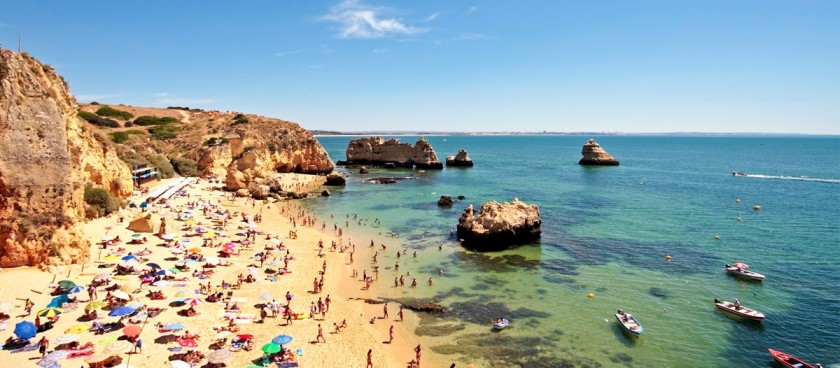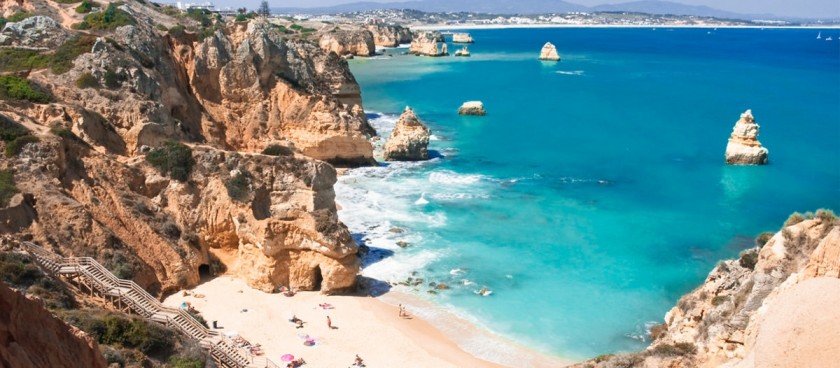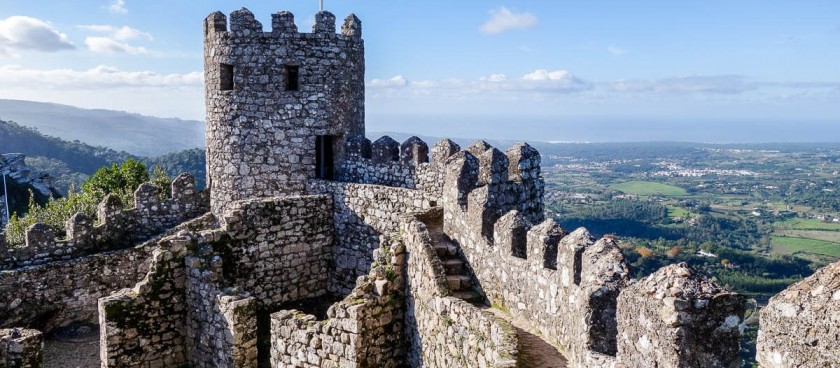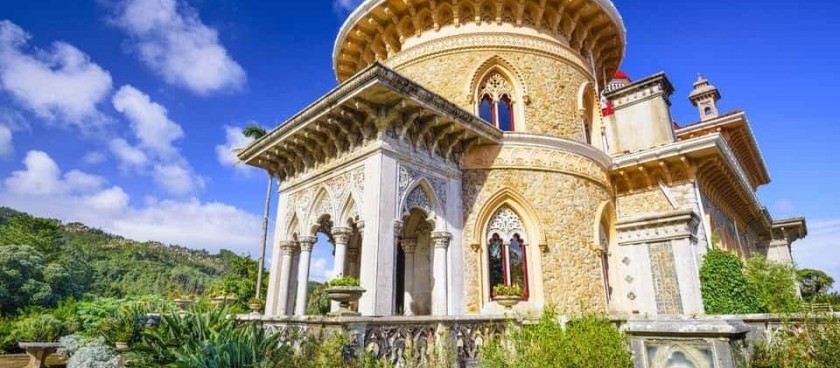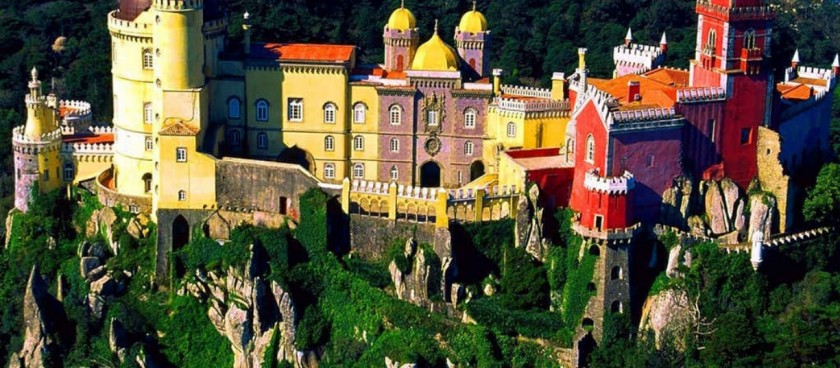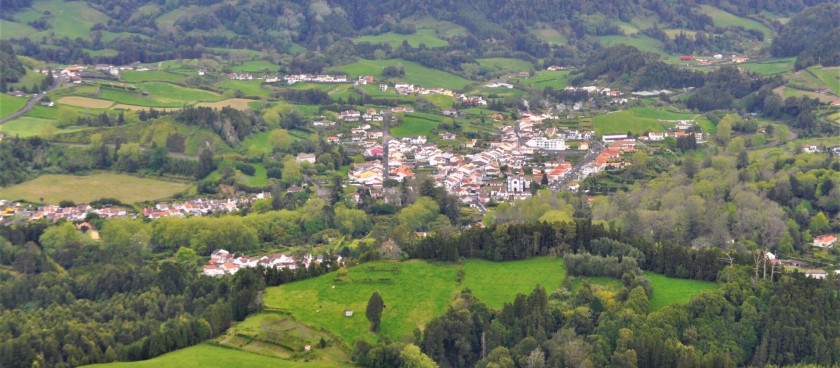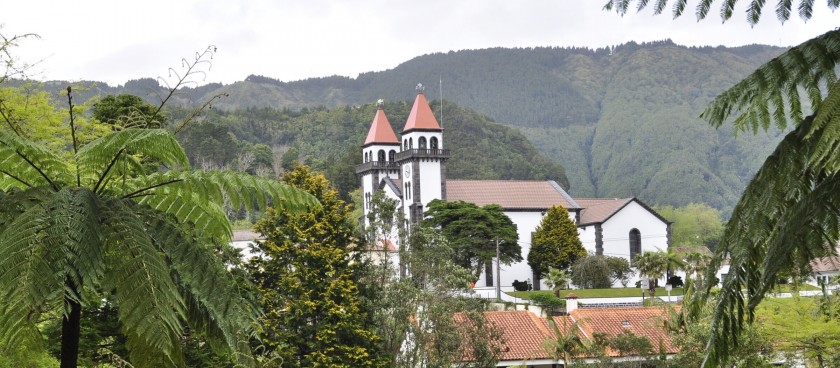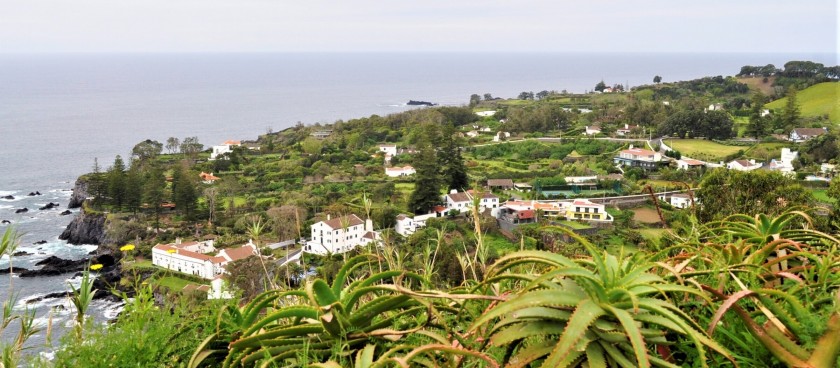Best places to visit in Portugal
There are 39 places to visit in PORTUGAL at the moment 39Introduction
The mountainous, forest-rich, and linguistically far-reaching country of Portugal has, unsurprisingly, many points of interest, and beautiful natural places. In this article we’ll have a look at some of best places to visit and see, which will hopefully be a call to action to visit this beautiful country.
This is a medium, relatively low-density country for its 10 million inhabitants, even in its capital city of of Lisboa and its population is expected to decline as the century progresses, driven in part by the factors of economic migration and smaller families, making it ideal for those who might want a holiday home there at some point Let’s dive to the many reasons why is a great place to visit…
Location and climate
The climate of the Portugal is, by continental standards, amenable to a long life and a promising tan: either a warm or hot Mediterranean climate predominates. However, there is some variation between regions. In general, this means warm to hot, dry summers and mild to cool, wet winters.
The town of Amareleja is one of the hottest places in Europe during the summer with one-time record temperature of 47.4°C. 30 to 40 degrees is not unusual now in the south during the summer months.
The Azores and Madeira archipelagos in the Atlantic Ocean, which belong to Portugal, both have subtropical climates, being at the same latitude as nearby North Africa. The average temperatures are around 20°C (68°F) and there is less temperature variation. Given the distance between both clusters of island there is a variation in rainfall with lhas Desertas near Madeira being geographically regarded as desert terrain whereas some of the Azores islands are nearly lush and green 365 days a year.
Most interesting places and things to do
Lisbon, or Lisboa, is a Lisbon is hilly, coastal capital city with a horseshoe-like Rio Tejo cradle, a bay area with plenty of beaches, and nearby natural reserves around the city. For tourist attractions in Portugal, there’s plenty.
The streets of Lisbon rise, fall, and wrap around 7 hills or "mounts," with trails winding up to hilltop churches and viewpoints. Within them are cobbled alleyways, ancient ruins and white-domed cathedrals – a pleasing scene formed over centuries.
Castelo de São Jorge, a Moorish fortress, dating back to the eleventh century, tops the highest mount, making its walls a popular spot for seeing city panoramas.
Another must-see is to take in the hills in the golden hours of sunset with drinks at the Miradouro da Graça, a lookout point on the hill of Santo André, which has more than a few terrace establishments.
Downhill, by north shore of the bay, there’s the Alfama district with its yellow tram cars (save your legs) and more steep, narrow, cobblestoned streets. This is more traditional, less gentrified side of Lisbon with backstreet cafes and conviviality from the locals.
In Moorish times this was an upper-class residential area. After earthquakes brought down many of its free-standing large houses (and post-Moorish churches) it became more of a working-class, fisher-folk area. It was one of the few districts to be less affected by the infamous 1755 earthquake. With its narrow lanes of residential houses and grocery stores, it has the feel of smaller city, a village perhaps. Early morning is the best time to catch a more traditional scenes, when fresh fish is sold from doorways. For a quite authentic atmosphere, there is the Festas dos Santos Populares in June.
About half-an-hour of Lisbon is the Sintra-Cascais Natural Park which houses many rare flowers and animals, as well as the Palacio Nacional da Pena, one of the most enchanting tourist attractions in Portugal; it exemplifies the a wild Romantic style of architecture from the nineteenth century.
While the two are not entirely comparable, what Versailles is to Paris and France, this Palacio is to Lisbon and Portugal. The palace is a chaotic assortment of brightly coloured terraces, ornate battlements and figures from ancient myths, all of which stand out amidst the surroundings of the forest.
The interior of the Pena Palace is equally as fascinating, being restored to reflect the decor in 1910, when the Portuguese nobility fled to Brazil to escape incoming deposition of the monarchy with the First Republic. Surrounding the Palacio are forested grounds, which continue the preoccupation with Romantic themes, including solitude and isolation: there are hidden pathways, mystical ornaments and stunning vistas for reverie and contemplation.
The palace is at the top of a tall hill (480m) and it is a very demanding 50-minute uphill hike from the train station. It is not recommended to walk this route: there is a 434-tourist bus (€6.90 adult return).
Administrative divisions, demographics
Portugal is recognised by law as being a unitary but also decentralised state. There are 18 districts in continental Portugal. These districts are the most relevant and historically significant subdivision of the nation’s land; they serve as guiding principles for electoral constituencies or district football associations.
The two autonomous regions are the Azores and Madeira. In total there are 308 municipalities (concelhos), which in turn are divided into 4257 local government authorities (freguesias).
Transportation, communications
Lisbon Portela airport (LIS) is the main international airport of Portugal and this is the airport to fly into for the entire central region, where the city is located. The airport is responsible for highest number of international flights (35 million passengers per year usually). In the north, there’s Francisco Sá Carneiro Airport or simply Porto airport which sees around 11 million passengers pass through its doors each year.
Portugal’s phone code is +351. To call Portugal from outside the country, press the international access code (00), then enter Portugal’s country code (351), then the number. All Portuguese telephone numbers have nine digits, and, perhaps thankfully, there are no area codes to remember.
Telecommunications cluster around three major providers: MEO (Part of Portugal Telecom Multimedia), NOS, and Vodafone.
For expats and short-term visitors, looking to make International calls, you can get a Portugal Telecom (PT) Hello Card in sums of €5 or €10, which offer good value with their long-distance rates. To add the card, you will need to call access number on the back of the card then key in the PIN. There are lots of competing cards offering a similar service with peak and off-peak periods varying across the market.
Food and drinks
Some of the most popular portuguese dishes you’ll want to enjoy again and again include Caldo Verde (their take on Kale soup), Bacalhau (Portuguese Cod Fish) and Bifanas – the National Sandwich.
Let’s start with Bifanas: they’re traditional Portuguese sandwiches, found from North to South. Made of succulent marinated pork served in crunchy white bread, the marinade must have made the spices of paprika, garlic, and white wine and the bread must have a crunchy crust on the outside while being soft on the inside. Usually you’ll see them served with a bowl of soup and fries or served with beer, for a typical late-night munch.
Of course, there several additions to the Bifanas sandwich and each eatery that makes it will claim to have their own recipe for the marinade. The original recipe is said to come from Vendas Novas, a small town in the Alentejo region, equidistant between Lisbon and the town of Evora.
Bacalhau or Portuguese codfish is a national mania. In Portugal, there are over 365 ways of preparing bacalhau – one for each day of the year. But what stands out is the ease of preparation for this typical Portuguese dish, from grilled, baked, canned, and fried you’ll easily find your preference.
One favourite is Bacalhau à brás. This is a codfish and egg scramble that is very popular. It is made with strips of codfish mixed together with potatoes, eggs, onions, garlic, and olives and served with chopped parsley.
Finally, continuing our reverse order, Portuguese kale soup, caldo verde, is a firm favourite quite literally everywhere in Portugal, from Lisbon’s hippest eateries to farmhouses at the edges of villages. Why wouldn’t it? Its earthy yet life-giving character is understood with a gut level appreciation everywhere.
Economy, culture, foreign relations
In the 15th and 16th centuries, Portugal established one the first global maritime and commercial empire, becoming one of the world's major economic, political and military powers.
In the Americas, most starkly, the Treaty of Tordesillas of 1494, drew a line dividing up territory between Spain and Portugal along a meridian 370 leagues west of the Cape Verde islands, off the west coast of Africa. In theory, the Treaty of Tordesillas divided this new world into Spanish and Portuguese zones of influence, the former to the West and the latter to the east, a legacy that is still reflected in who, and which countries, speak either Portuguese or Spanish in the hemisphere with Brazil in the east, a Lusophone country, and Hispanophone countries all around it.
After conflicts of liberation in Africa and elsewhere, independence was granted to almost all Portuguese overseas territories by 1975. The handover of Macau to China at the end of the new 1999) marked the end of what can be considered one of the longest-lived colonial empires.
Modern Portugal ranks highly as a developed country with an advanced economy and high living standards, better in the aggregate for the Quality of Life Index than the UK, France, or Singapore according to some.
More recently, Portugal made worldwide headlines and captured policymakers’ attention for having decriminalised the usage of all common drugs in 2001, being the maiden country in the world to adopt such policies. Portugal decriminalised possession of effectively all drugs that are still illegal in other developed nations including marijuana, cocaine, heroin, and LSD. While possession is legal, trafficking and possession of more than "10 days’ worth of personal use" can still get jail time and heavy fines.
